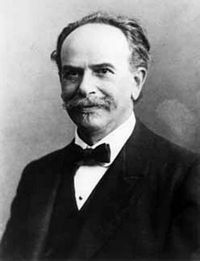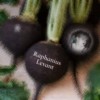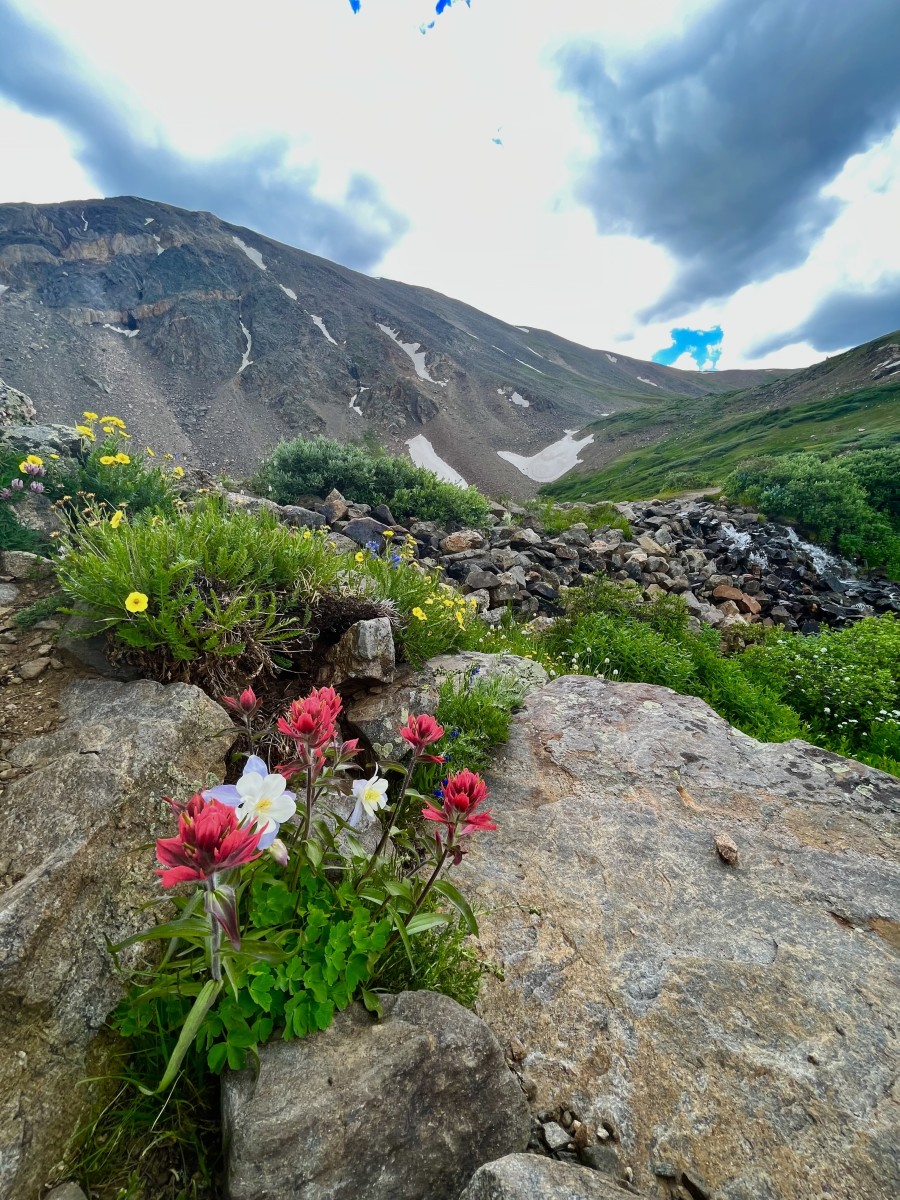How Many Words Do The Inuit People Use To Describe Snow?

Just An Urban Myth
I was chatting today and the conversation came round to the weather as it nearly always does. It had been snowing over the weekend and it reminded me of that old legend of the 100 Inuit words for snow. I was sure it was Inuit not Russian but thought I should check. I found out something interesting. The origins of the legend.
The whole thing began in 1911 when German - American anthropologist Franz Boas commented that the Eskimo People (as they were known then) had four different words for snow while the English had only one. As his anecdotes were repeated and reprinted the lost multiplied one hundred fold to reach 400 supposed Inuit words for snow.
Frank Boas was not a deliberate trickster. In fact he was known as the "Father of American Anthropology." He was, however a pioneer of his times and disciplined in several subjects ranging from geography to physics as was the method of his day of achieving academic excellence.
As part of his post-graduate studies he took up residence on Baffin Island (part of the Canadian Arctic) in order to study the Inuit People. As part of this work he studied the linguistics of the people he met.
The Legend Continues.
The myth was perpetuated by a list Phil James drew up which named the Eskimo's One Hundred Words For Snow. The list begins sensibly with items such as tlapa - powder snow, tlacringit - snow that is crusted on the surface, kayi - drifting snow, tlapat - still snow, klin - remembered snow and naklin - forgotten snow.
However the list becomes more unbelievable as it moves into longer phrases like these: talini - snow angels, priyakli - snow that looks like it's falling upward, chiup - snow that makes halos, blontla - snow that's shaken off in the mudroom, tlalman - snow sold to German tourists, tlalam - snow sold to American tourists, tlanip - snow sold to Japanese tourists.
More Words For Snow.
And just as an aside, the English language does indeed have more than one word for snow indeed there are many: glacier, berg, floe, glacial mass, ice field, ice floe, iceberg, icecap, snow slide, avalanche, blizzard, blowing snow, dusting, flurry, frost, hail, hardpack, ice lens, igloo (Inuit iglu 'house'), pingo (Inuit pingu 'ice lens'), powder, sleet slush, snow bank, snow cornice, snow fort, snow house, snow man, snowflake and snowstorm.




